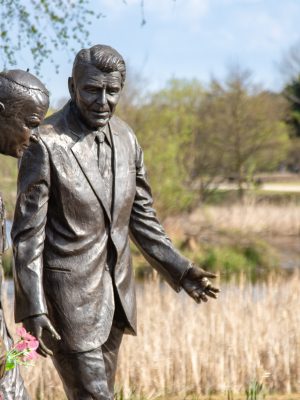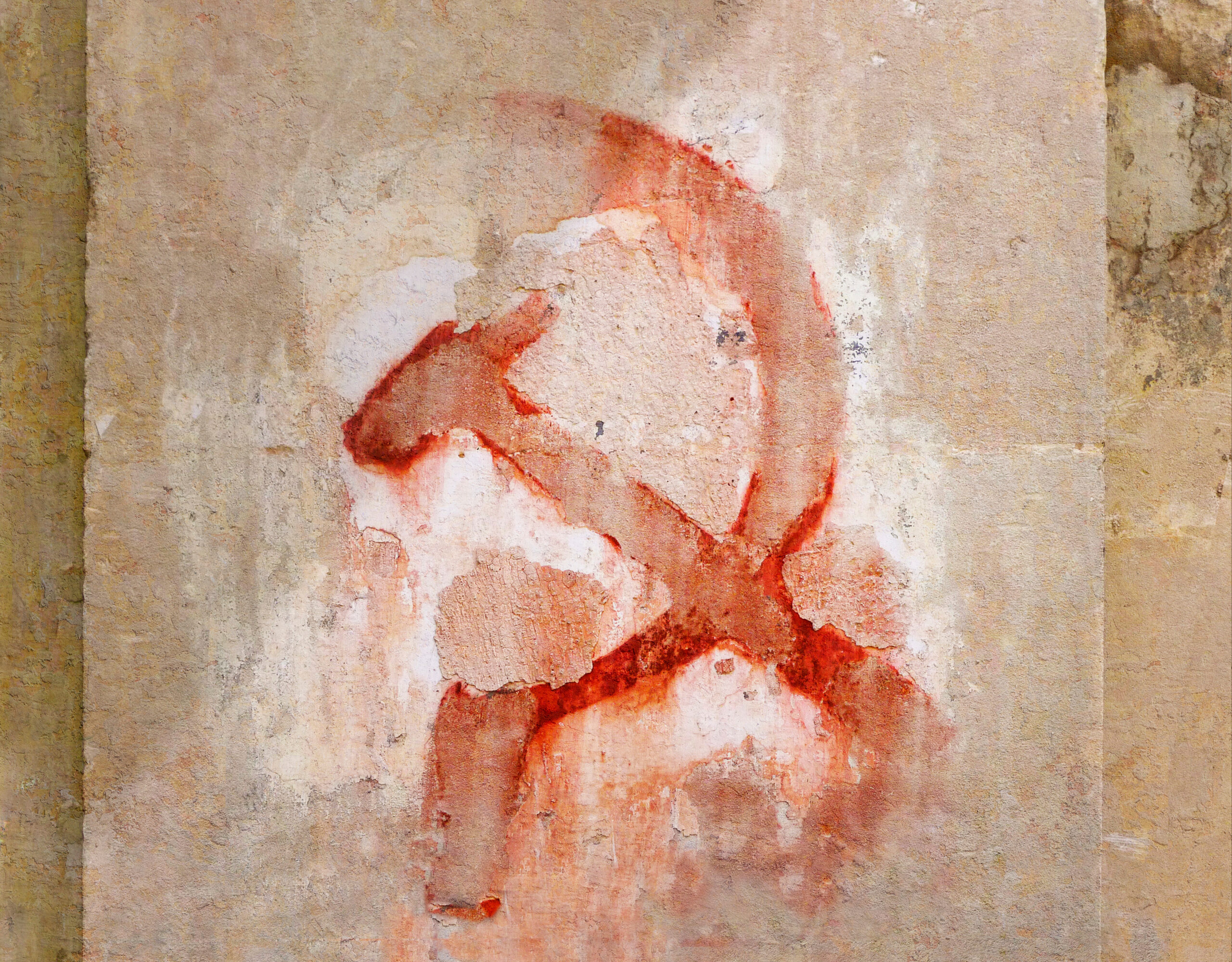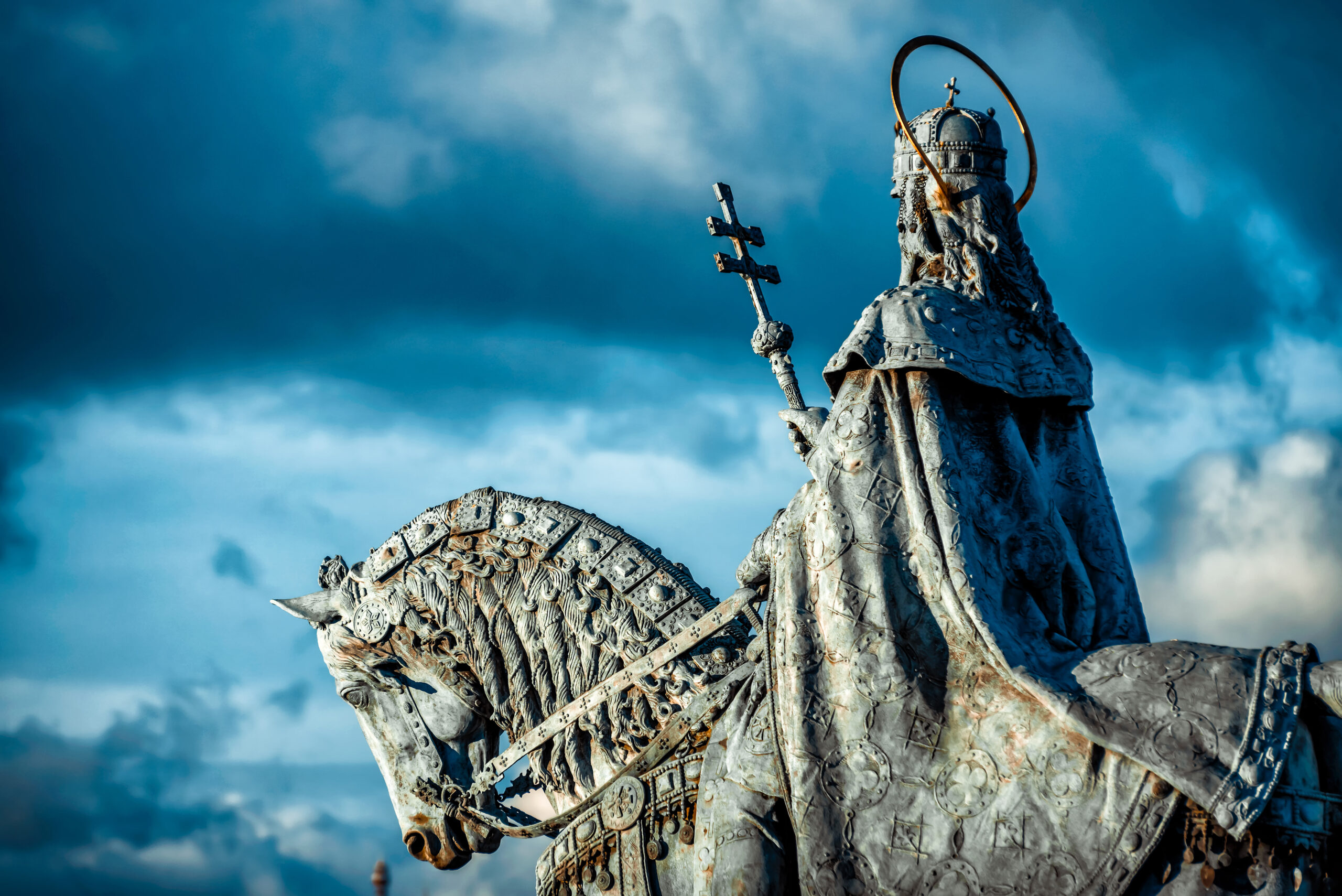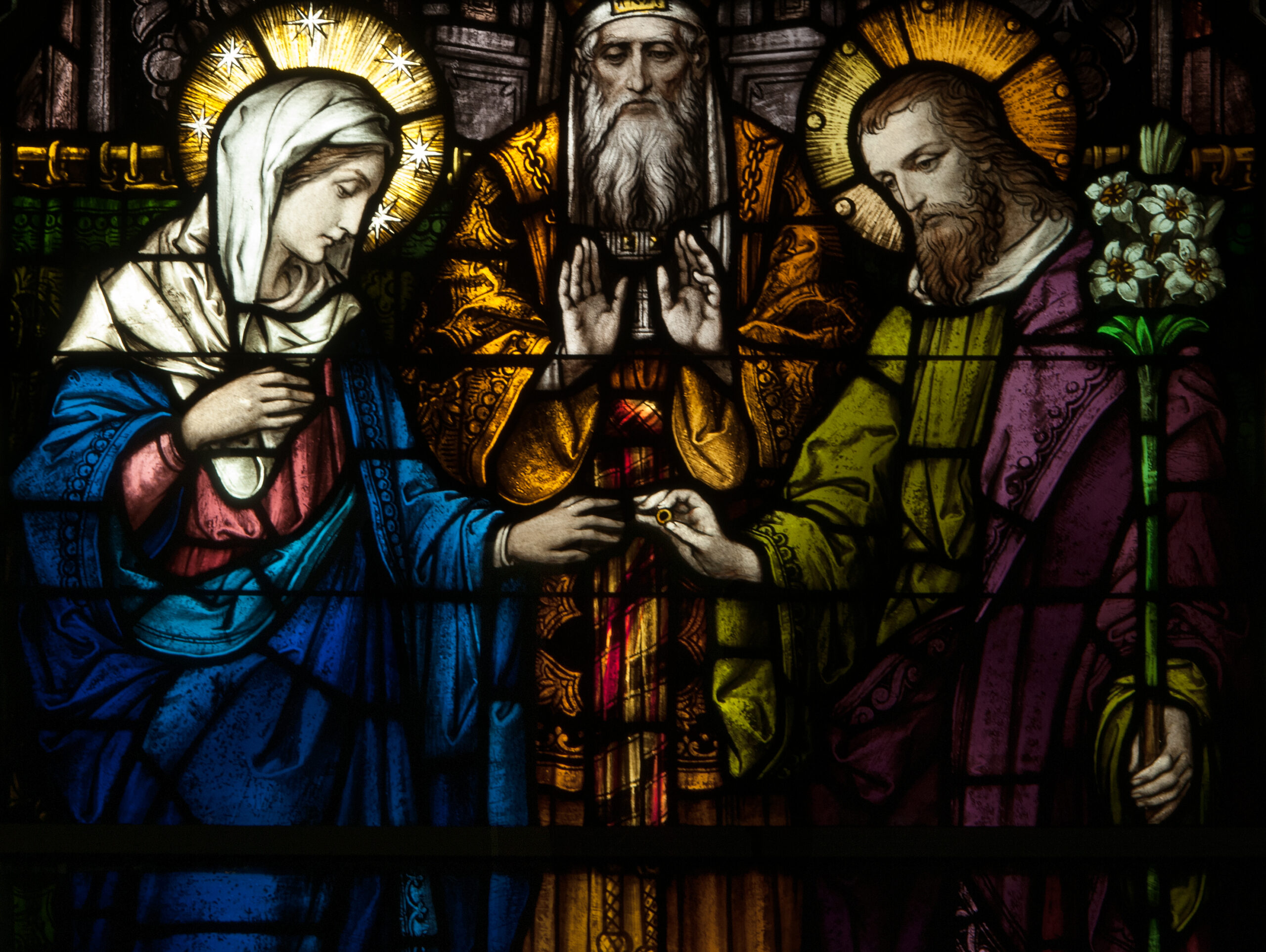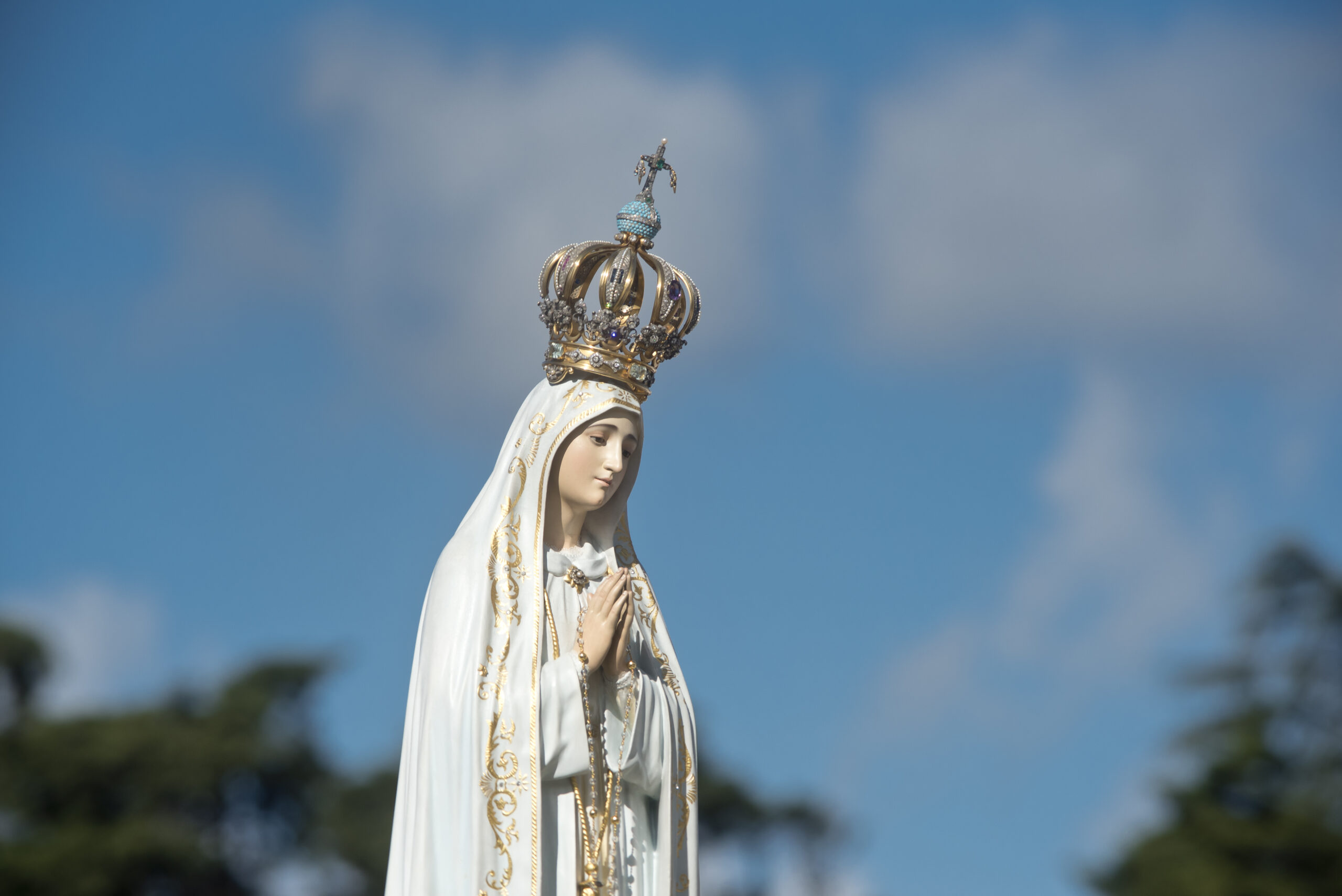October 22 is the feast day of Saint Pope John Paul II (on the General Roman Calendar). And for this year, 2021, his feast day comes at a historically notable time. This year marks some remarkable anniversaries related to what in retrospect was one of the sainted pope’s most notable historical accomplishments: the defeat of Soviet communism and peaceful victory in the Cold War.
We could trace that history back to 1981 as a key starting point. It was 40 years ago this year, 1981, that two extraordinary events took place with two extraordinary leaders destined to alter the course of history. Shots rang out that spring. On March 30, 1981, just outside the Washington Hilton, Ronald Reagan, the 40th president of the United States, leader of the free world, was shot by a would-be assassin. On May 13, 1981, just outside the Vatican, Pope John Paul II, 264th heir to the Chair of St. Peter, leader of the world’s largest group of Christians, was shot by a would-be assassin.
These were, of course, shocking moments. And we now know today what an anxious world did not know then: We know that both men came perilously close to dying. Had they perished, the 20th century would not have ended as it did.
For Americans, for Europeans, for Protestants and Catholics, and for so many others worldwide, the momentous and tranquil termination of the Cold War was the seminal event of the close of the 20th century, a century where over 100 million people were killed by communist governments. And Ronald Reagan and John Paul II teamed up to seek precisely that historic victory, an outcome that they perceived as not only historical but spiritual. For both men, the Soviet empire was not a mere empire, but an atheistic empire. It was, as Reagan put it, an “Evil Empire.”
In that effort to undermine Soviet communism, Ronald Reagan saw Pope John Paul II as a friend, an ally, and a partner. And vice versa.
The pope and the president would meet to discuss that joint mission on June 7, 1982, at the Vatican—a little over year since the assassination attempts. The two men talked alone for 50 minutes in the Vatican Library. The attempted assassinations against them were raised right away. Both men referred to the “miraculous” fact that they had survived. They believed their lives had been spared for a special purpose. Reagan said to John Paul II: “Look how the evil forces were put in our way and how Providence intervened.” But, Reagan added, “hope remains in your country [Poland]. We working together can keep it alive.”
The two men discussed their “miraculous” survivals. They prayed together. Reagan close aide and confidant Bill Clark, a devout Catholic, was there. He said the two men believed “right or correctness would ultimately prevail in the divine plan.” Clark called it a “wonderful,” “transformative” day. The two men formed “a very personal relationship from then on.” The meeting led to real action. The two leaders translated a lofty divine mission into a practical mission to sustain Poland’s Solidarity movement as a decisive wedge in the Communist Bloc. This would be integral to “an underlying policy” and “strategy to defeat Soviet aggression and oppression.”
Said a Church cardinal who was there that June 7, 1982: “Nobody believed the collapse of communism would happen this fast or on this timetable. But in their first meeting, the Holy Father and president committed themselves and the institutions of the Church and America to such a goal. From that day, the focus was to bring it about.” They consented to a clandestine campaign to “hasten the dissolution of communist empire,” to “free all of Eastern Europe.” They were convinced that Poland could be broken out of the Soviet orbit if the Vatican and the United States committed resources to destabilizing the Polish regime and sustaining Solidarity. Poland could be “a dagger to the heart of the Soviet empire.” Other states would follow.
What happened? Well, that collaboration indeed helped bring about the historic events of 1989. That year is remembered for the fall of the Berlin Wall. The Cold War appeared to be over, without a missile fired, without the nuclear Armageddon that everyone feared for so long. It was extraordinary: that entire totalitarian system, that destroyed so much and so many, went down peacefully.
And yet, in real time, it didn’t end quite so quickly or neatly. Sure, we link the end of the Cold War to the fall of the Berlin Wall that fall of 1989, but in reality, as experienced by those of us who lived through that period, there was still one giant uncertainty out there: By the end of 1989, and through 1990, and through much of 1991, the elephant was still in the living room—that is, the Soviet Union still existed.
That brings us to the other big anniversary of this year, 2021. It was in December 1991 that the USSR finally collapsed. The way things went down that December 1991, 30 years ago, is quite remarkable.
On December 8, 1987, the Solemnity of the Immaculate Conception, came a powerful symbol signaling the impending Soviet collapse. On that date, the leaders of Russia, Belarus, and the Ukraine signed an agreement dissolving the Soviet Union and establishing the Commonwealth of Independent States: Boris Yeltsin of the Russian federation, Leonid Kravchuk of the Ukraine, and Stanislav Shushkevich of Belarus, met in Belarus to sign the so-called Belavezha Accords. The agreement affirmed that the USSR would henceforth cease to exist as a geopolitical entity and as a subject of international law.
The only thing still holding the Soviet Union together was Mikhail Gorbachev, clinging to his rapidly dissolving dreams of a kinder, gentler USSR. He held out hope, but hope was never something the USSR was about. It killed hope. The communist system’s prime function was to extinguish hope.
Mercifully, this annihilator of hopes and dreams and human beings was about to crash and burn, smoldering with every false hope stoked by the misbegotten monster that was the Soviet Union. For the final nail in the coffin, there was only one thing left to do, and Mikhail Gorbachev held the hammer.
Gorbachev would hang on to power for two more weeks—until, perfectly, Christmas Day in the West: the literal birth date of Hope Himself. Beautifully, it was Christmas Day 1991 that Mikhail Gorbachev finished the gruesome task of placing a stake into the chest of the Soviet Union.
The moment came on December 25, 1991. Gorbachev telephoned Ronald Reagan’s successor at the White House, President George H. W. Bush. He wished Bush a merry Christmas and told him he was resigning his post as leader of the Soviet Union, giving way to President Boris Yeltsin’s Russian Federation.
With that, the Soviet Union was officially over—the final termination of a country that had viciously persecuted religious believers since 1917. It ended, providentially perhaps, on Christmas Day in the West.
Gorbachev had been sensing this need, if not this call, perhaps a higher call, for some time, but this was the day that he (or something higher than him) had ordained for the decision. To think that it would come, in due time, on Christmas Day 1991. Perfect.
And in the middle of it all, not merely as an observer but a participant and even facilitator, was Pope John Paul II. As we remember his feast day again this October 22, let’s remember it with added special meaning in light of other poignant anniversaries this 2021, from the pontiff’s survival at the door of death in 1981, to the death of an Evil Empire in 1991.
